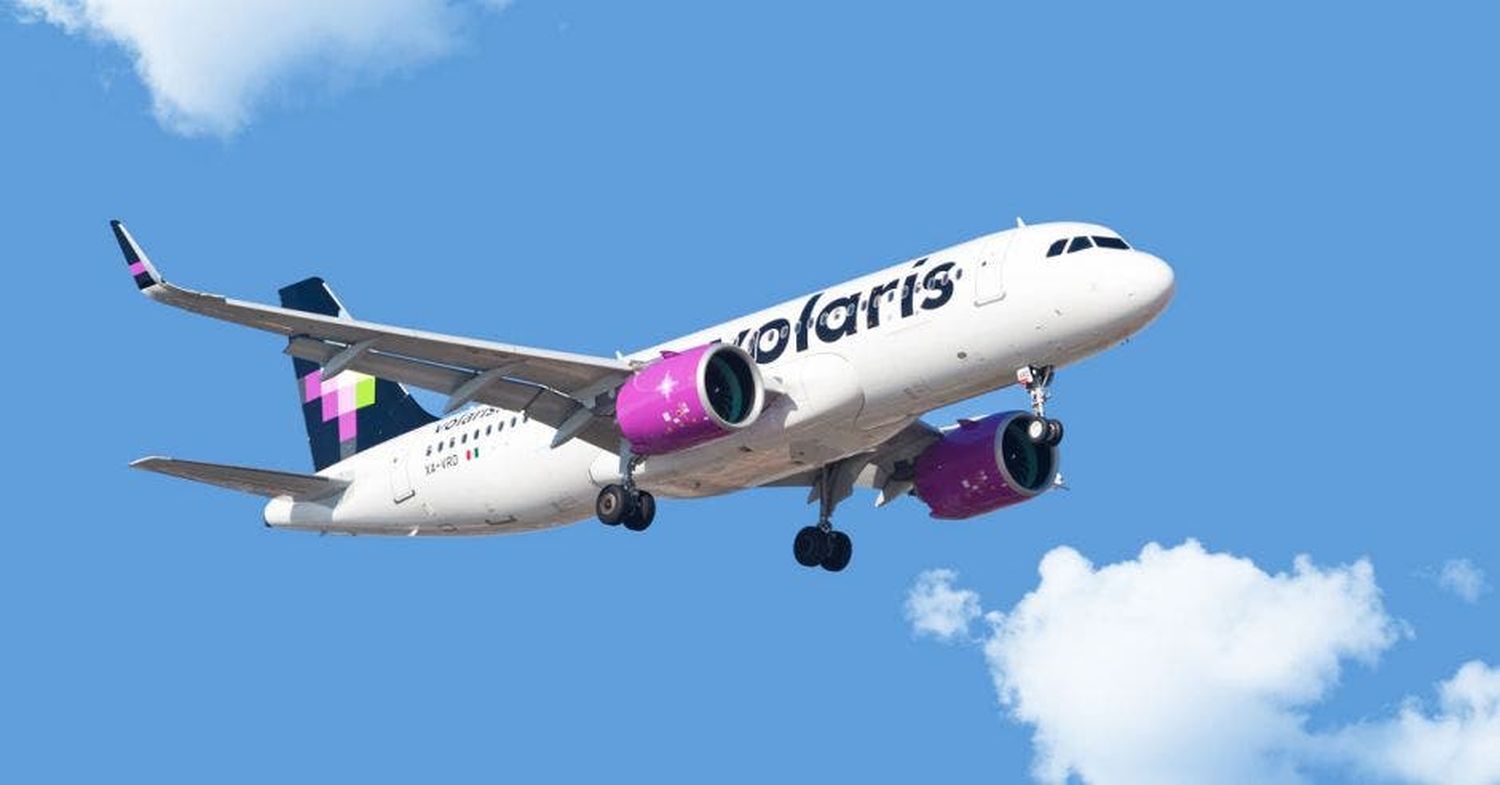Volaris announced this Thursday its financial results for the third quarter 2021, reflecting a double-digit growth both in revenue and profit before taxes (EBITDAR). The company states that this is possible due to «its resilient business model and disciplined growth strategy».
When compared with 2019’s third quarter the company shows a 35 percent increase in its operating revenue, while its operating expenses are 24 percent higher. The revenue per available seat mile has reached a remarkable 12 percent increase.
Volaris’ net income reached Ps.1,515 million with a net margin of 11.8 percent. The EBITDAR increased 59 percent, 6.3 percentage points higher than 3Q 2019.
Perhaps the most important number is the Net Debt to Profit ratio: it has descended to 2.8, the lowest level in Volaris’ history.
«We demonstrated, again, Volaris’ agility and ability to adapt to a challenging demand environment by redeploying capacity to the appropriate markets and by stimulating demand. Moreover, we delivered strong quarterly results in line with the ambitious goals we had set for the third quarter. We were able to obtain these results thanks to our dedicated family of ambassadors and to our loyal and experienced management team,» said Enrique Beltranena, President & Chief Executive Officer. «Our ultra-low-cost business model has proven resilient in difficult times and continues to have significant room for further growth,» Enrique added.
Third Quarter 2021 Financial and Operations Highlights
(All metrics are compared to 3Q 2019 unless otherwise noted)
|
Third Quarter | |||
|
Consolidated Financial Highlights |
2021 |
2019 |
Var. |
|
Total Operating Revenue (Ps. million) |
12,804 |
9,502 |
35% |
|
TRASM (Ps. cents) |
168 |
150 |
12% |
|
ASMs (million, scheduled & charter) |
7,667 |
6,341 |
21% |
|
Load Factor (scheduled, RPMs/ASMs) |
85.4% |
85.1% |
0.3 pp |
|
Passengers (thousand, scheduled & charter) |
6,650 |
5,620 |
18% |
|
Fleet (end of period) |
94 |
80 |
14 |
|
Operating Expenses (Ps. million) |
9,682 |
7,799 |
24% |
|
CASM (US$ cents) |
6.33 |
6.36 |
0% |
|
CASM excl. fuel (US$ cents) |
4.09 |
3.99 |
2% |
|
Operating income (EBIT) (Ps. million) |
3,123 |
1,703 |
83% |
|
% EBIT Margin |
24.4% |
17.9% |
6.5 pp |
|
Net income (Ps. million) |
1,515 |
713 |
112% |
|
% Net income margin |
11.8% |
7.5% |
4.3 pp |
|
EBITDAR (Ps. million) |
5,235 |
3,291 |
59% |
|
% EBITDAR Margin |
40.9% |
34.6% |
6.3 pp |
|
Net debt-to-LTM EBITDAR |
2.8x |
4.0x |
-1.2x |
Volaris booked 6.7 million passengers in the quarter, an increase of 18%. Domestic and international passengers increased 19% and 17%, respectively; while total capacity, in terms of available seat miles (ASMs), increased 21% to 7.7 billion. Load factor reached 85.4%, above pre-pandemic levels.
The company expects to continue with its disciplined growth strategy for the rest of the year and 2022. With respect to 2019, the expectation is to grow capacity (ASMs) between 26 to 29 percent, an EBITDAR margin between 31 to 34 percent for the fourth quarter.
Volaris aims to maintain cash and cash equivalents for 2021 year-end balance as percentage of last twelve months’ revenues at approximately 30 percent, maintaining net debt-to-LTM EBITDAR below 3.0 times.
Fleet
During the third quarter, the Company incorporated two new A320neo aircraft to its fleet. As of September 30, 2021, Volaris’ fleet was composed of 94 aircraft (6 A319s, 72 A320s and 16 A321s), with an average age of 5.6 years.
Volaris’ fleet had an average of 188 seats per aircraft. 81% of its aircraft are sharklet-equipped and 40% are New Engine Option (NEO) models. The Company reaffirms its plans to end 2021 with 101 aircraft and closing the year 2022 with 113 aircraft.


Comentarios
Para comentar, debés estar registrado
Por favor, iniciá sesión